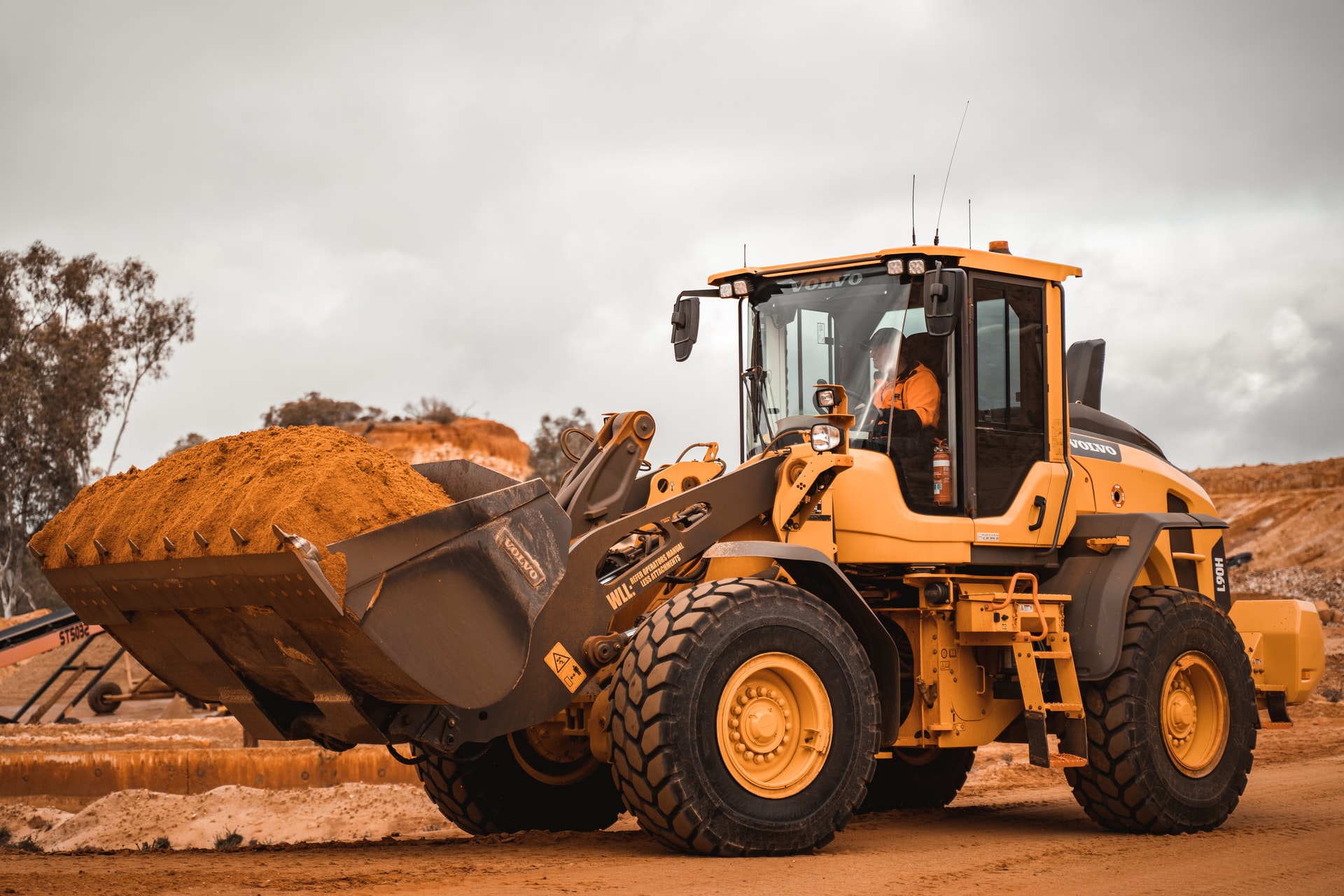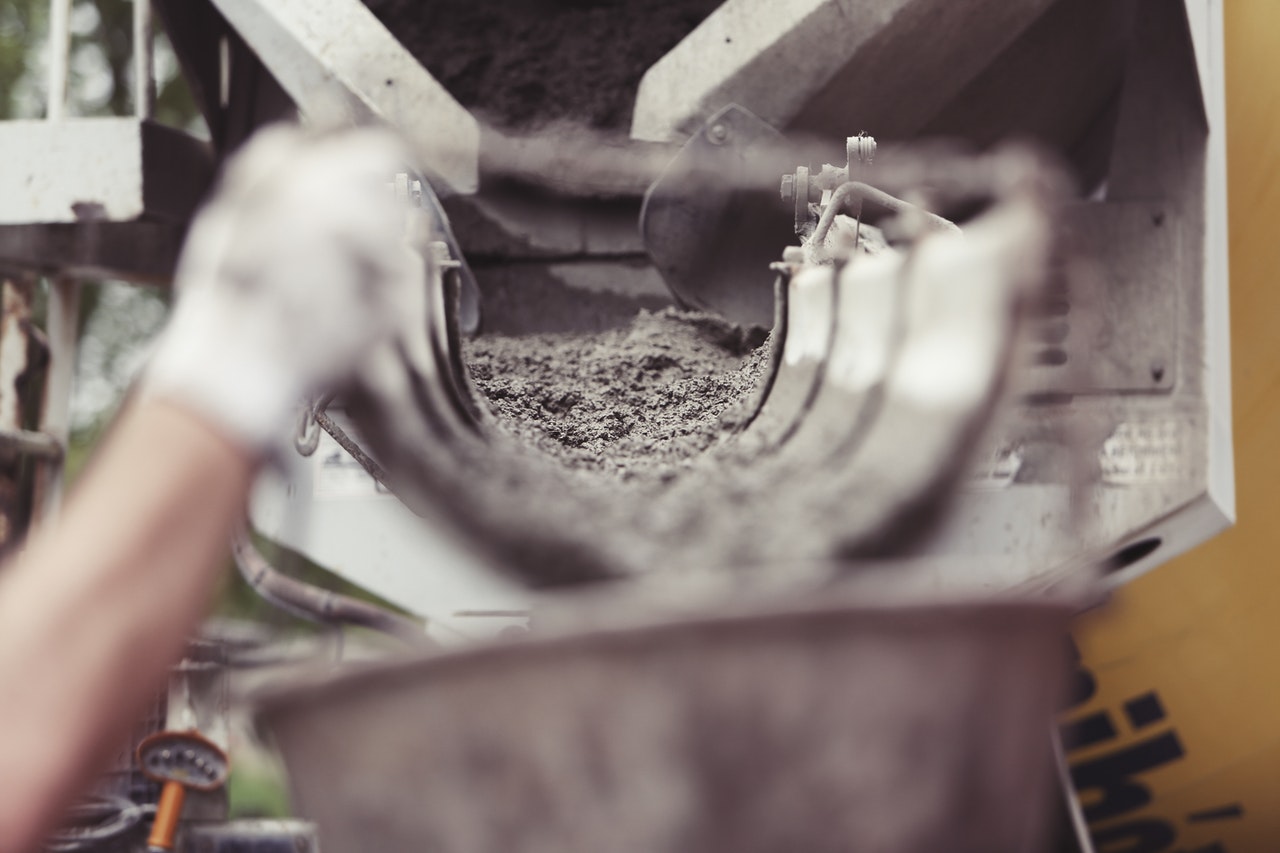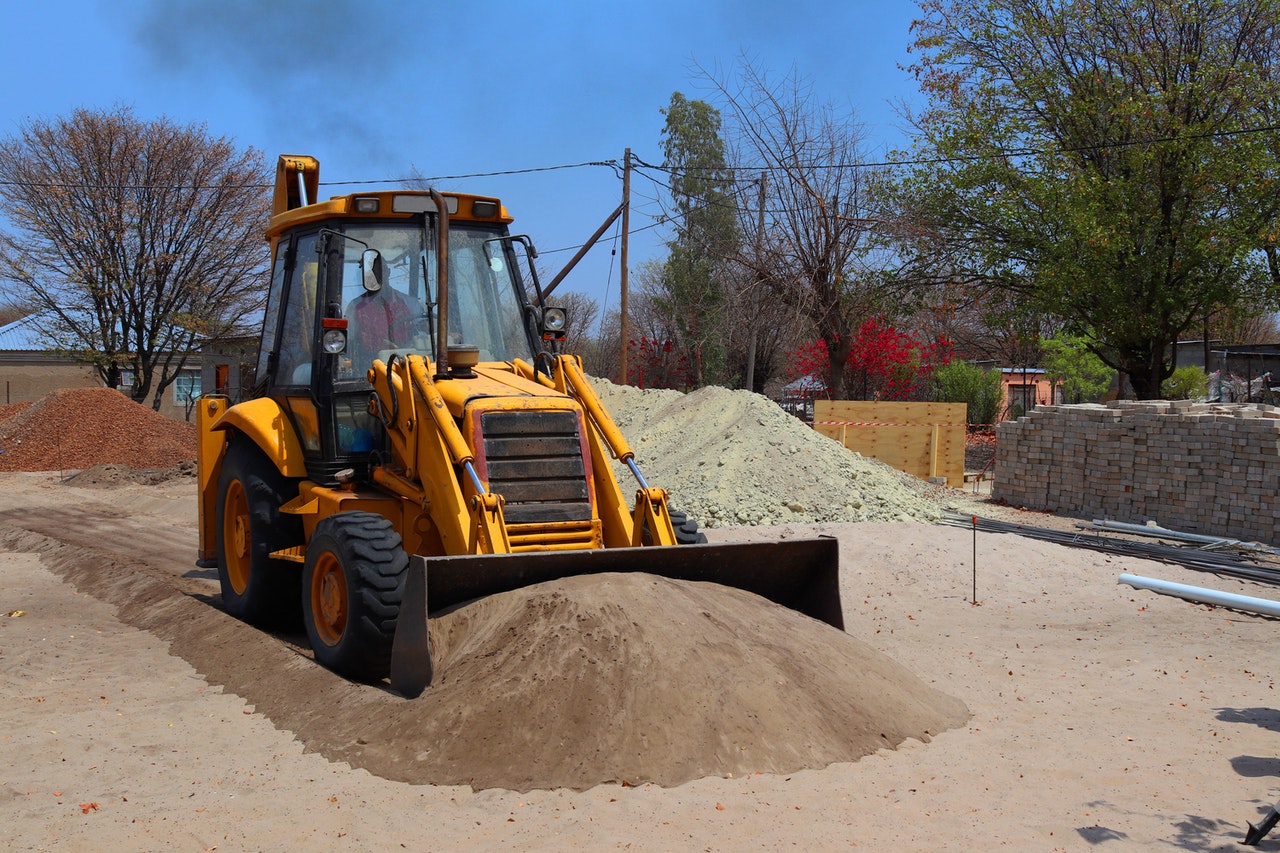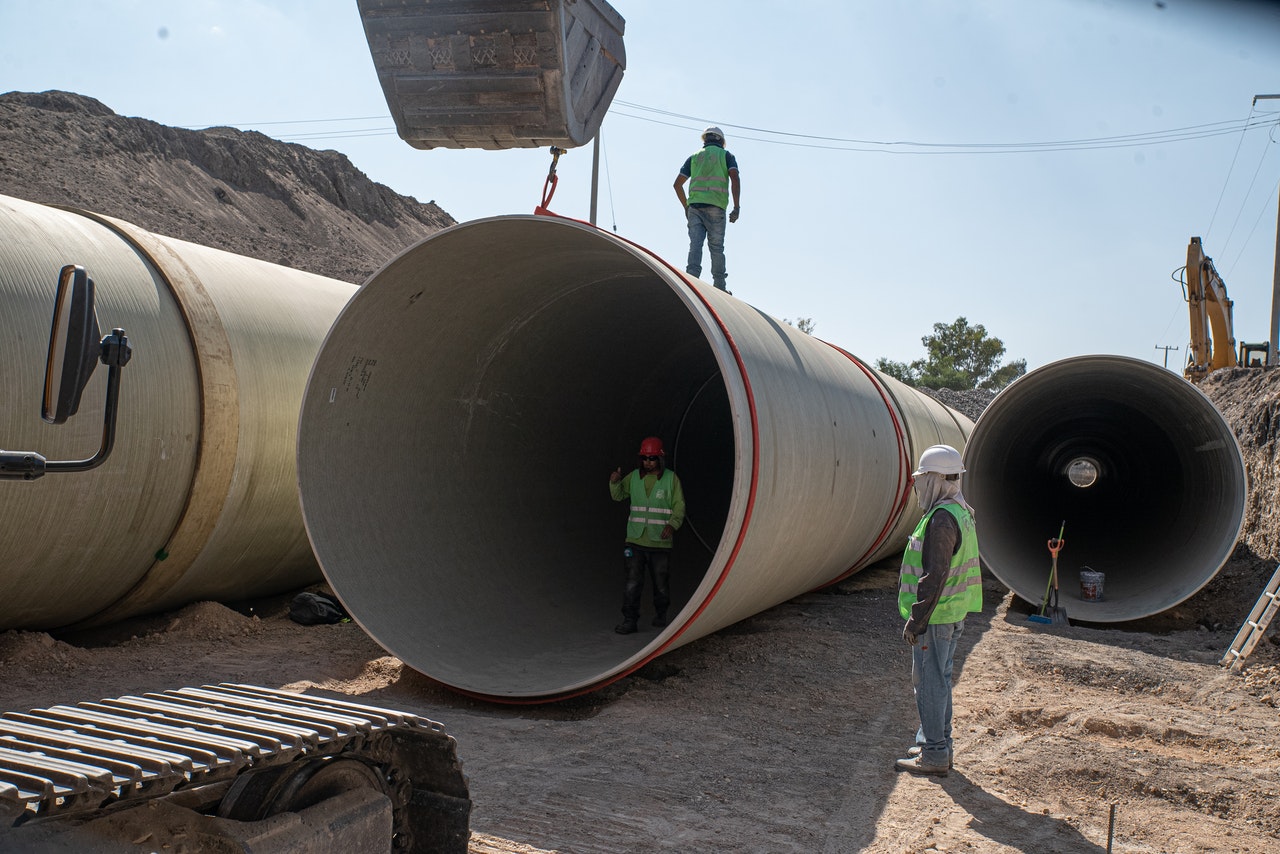Our reinforced concrete services are essential to all types of local construction, whether it is commercial or residential. There are many companies that provide this service for both projects and individuals. We are also aware that every project starts with your needs in mind, which is why our team provides expert knowledge and innovative solutions for you. We offer a full range of superior hi-tech equipment, highly trained personnel, and comprehensive concrete services to give you the best results possible. Whether you need maintenance repairs or renovations on existing structures like schools, hospitals, airports, shopping centres, or other large-scale sites – we have everything you need under one roof! Our business is based on three important ideas: safety, quality and efficiency. That’s why you can be confident that our professional team will always keep those three concerns in mind as we work to meet your needs.

Reinforced concrete services
Different types of reinforced concrete include:

Structural Concrete: This type of concrete is used for bearing walls that are subjected to compressive stress or any other kind of load. The structure’s strength, height and the soil conditions play an important role in deciding whether structural concrete should be applied or not. It has up-to 50 MPa (mega Pascal) compressive resistance whereas it can withstand horizontal forces up to 10 kN/m2 (kilo Newton per square meter).
Column Footings: These footings act as a base for the main structure’s columns. They need to be kept above the ground level so that they don’t affect the regular movement of people and vehicles. They have a load-bearing capacity of 50 – 200 kN/m2 (kilo Newton per square meter) and the depth reaches upto 2 meters below the ground level. If there’s a need for extremely strong columns then most people would recommend that steel-reinforced concrete should be chosen but if this method is not available then rebar concrete works fine.
Reinforced Concrete Roads: Another type of reinforced concrete that is used to build roads is known as ‘reinforced concrete road’. The cement, sand, and stone mixture along with iron rods are used for building it. This mixture is applied over a foundation that can bear the required load. Solid rolling or tamping machines are then utilized so that the surface layer becomes even and compacted once it dries up completely.
Water Supply Reservoirs: Water supply reservoirs are constructed over elevated landmasses, which are fixed on iron rods and bricks. These reservoirs can store a lot of water for about up to 4 months.
Solid Waste Discarding Facilities: Solid waste discarded facilities such as the garbage chutes and garbage furnaces are constructed using reinforced concrete so that they can last long.
Underground Storage Tanks: Underground storage tanks that hold gas, petroleum, and chemical liquids are made from special steel alloys in order to ensure their durability and quality. The walls of these tanks need to be very thick and strong since they bear the bulk of the load and it prevents the leakage of liquid stored inside them.
Bridges: Welded wire mesh or cable net structures along with sturdy reinforced concrete beams is used to build bridges that are strong and durable.
Pipes: Reinforced concrete pipes are used for transporting water, petroleum, and gases from one place to another due its durability and toughness. The inner walls of these pipes are smooth so that the flow of liquid is not hindered in any way.
Earthen Structures: Earthen structures like dams, dykes, retaining wall,s etc which need to be sturdy enough can be built using reinforced concrete. These structures support heavy loads and pressure hence they must be very strong.
Soil-filled bags or block systems are generally followed for making earthen structures since it allows air circulation within them which prevents damage due to compression failure.
Reinforced concrete beams: Since the purpose of using reinforced concrete beams is to reduce torsional movement, steel is used in conjunction with the beams so that they can withstand heavy pressure. For this reason, steel bars are placed horizontally as well as vertically in order to provide extra strength and stability.
Concrete Slabs: The main purpose for which concrete slabs are used is flooring for certain types of buildings; however if these floors are not built correctly or proper reinforcement methods haven’t been implemented then they can create problems like cracks on the surface etc. Steel hangers are also used by contractors because these help them place rebar (reinforcing bar/rebar/Reinforcement steel bars) in the correct position.


Ceilings: Although steel reinforcement is known to be used for structural purposes it can also be used in order to reinforce the structure of selected ceilings under certain circumstances. The primary reason why ceilings need reinforcement is that these are susceptible to heavy pressure from above due to the weight of the building materials on top of them especially when they cover large areas like warehouses and shopping malls etc. Reinforced concrete contractors use metal meshes in order to provide strength and support for this purpose which has shown very good results so far.
Basements: Another important advantage of using steel reinforced concrete is that it can be used to create sturdy basements for any house. However, if you are trying to build one, then there are a few things that you should know about this method since it’s not only extremely effective but also comes with its own set of advantages and disadvantages.
Flooring: One reason why many people prefer steel-reinforced concrete over regular alternatives is the fact that it offers an excellent chance to get floors that are extremely durable without having to spend much in terms of money due to the very effectiveness of this material in preventing water penetration. It can also be fixed in any shape or form at your discretion along with several other factors like floor heating etc.
What type of reinforced concrete do I need?
Reinforced concrete services offer a wide range of repair, restoration and rehabilitation solutions to suit your needs. Our well-trained, experienced team members are available for free estimates. We provide the highest quality work at affordable rates. Call us today to ensure that you get exactly what you need! Commercial reinforced concrete Rebar is often used in commercial projects because it can be easily connected to steel beams. This makes putting together a structure faster and less expensive than using other materials.
Reinforced concrete is a common name for the concrete that has some special properties as they are reinforced with some specific materials such as steel, bars, or fibers. This type of concrete is also called structural concrete and is used in building construction and civil engineering. There are many types of reinforced concrete but the most popular ones among them include:
1) Structural Concrete: It has high compressive strength and it’s widely used in buildings and bridges. For example, column footings of buildings, bridge supports etc.
2) Reinforced Masonry: They may contain steel bars which help to enhance their strength. These elements can be seen on corners of buildings where bars (bricks or blocks) are used to share the load with surrounding walls.
3) Indoor Reinforced Concrete: Due to its strength, it is widely chosen for the fabrication of partitions, doors, and other components in interior designing.
4) Precast Concrete Floor System: Its additional strength makes it suitable for flooring systems that are subjected to heavy loads, vibrations, or any other kind of stress.
What is rebar in concrete?

Why is steel used for reinforcement in concrete?

Why is reinforced concrete better than concrete?
What are some advantages of reinforced concrete?

Arguments for using Reinforced Concrete Beams:

• Increased durability – The most important property added by reinforcement is durability, which means they can easily stand against any kind of damage for years, without having to worry about repairing them.
• Resistance to corrosion – Since the reinforcement is made of metal, beams will be highly resistant to weather conditions and any other kind of environmental factors that can cause corrosion. Another benefit here is that you won’t have to keep repainting them every now and then because they come in a variety of colors available, which you can choose from.
• Increased load bearing capacity – Reinforced concrete beams offer much greater load-bearing capacity than their wooden or steel counterparts, making them perfect when it comes to building structures like garages or warehouses where large loads need to be supported over longer periods of time.
• Fireproof structure – compressive strength increase in reinforced concrete beams is the main reason why you should consider using this option over steel or wooden ones. This property can be attributed to the fact that they are made of stone aggregate and cement, which makes them resistant to fire.
• Durability – When it comes to reinforced concrete beams vs steel or wood, you are obviously going for the safer bet since these beams are long-lasting due to their high compressive strength. They require very little maintenance as well, making them even more attractive.
• Prolonged life span – Another great benefit of reinforced concrete slabs is that they last longer than other types because they do not absorb moisture in the same way as most others do
• Noise insulation – Since these slabs will allow no noise to penetrate, you can expect a much quieter environment in your home or at work.
• Seismic resistant – When it comes to reinforced concrete beams vs steel or wood, you need to know that these beams are earthquake-resistant and will not collapse when an earthquake hits.
• Fireproof – If your aim is to make a house fireproof, you should go with the concrete alternatives. These slabs will simply not catch fire, making them perfect for high-risk locations such as zones prone to forest fires.
• Resistance from extreme weather conditions – The fact that they do not absorb water means that they also do not get damaged by the sun’s rays during hot seasons and vice versa during cold seasons.
Concrete structures are also known for their other feats, such as being termite-resistant, mold-resistant, rot-resistant, and crack-proof.
